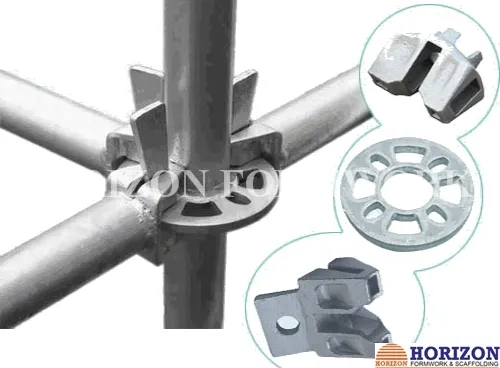ઓગસ્ટ . 06, 2024 11:16 Back to list
Timber H20 Formwork Solutions for Efficient Construction and Enhanced Structural Support Quality
Timber H20 Formwork A Comprehensive Overview
Timber H20 formwork has emerged as a revolutionary advancement in the construction industry, offering a combination of efficiency, durability, and practicality. This system has been widely adopted for various concrete construction projects, including buildings, bridges, and infrastructure. It provides a sturdy and reliable framework for managing concrete pours, ensuring quality and precision in the final product.
What is Timber H20 Formwork?
Timber H20 formwork consists of H20 beams, manufactured from laminated veneer lumber or similar engineered wood products, designed to withstand the rigorous demands of concrete construction. The H20 beams are lightweight yet robust, capable of supporting heavy loads while being easy to handle and install. These beams come in varying lengths and can be easily customized to fit the specific needs of a construction project.
The H shape of the beams provides excellent strength-to-weight ratios, ensuring that the formwork remains stable and secure throughout the curing process of concrete. The beams are complemented with plywood panels, which form the actual surface that holds the poured concrete, providing a smooth finish to the resulting structure.
Benefits of Using Timber H20 Formwork
One of the most significant advantages of Timber H20 formwork is its lightweight nature, making it easier for construction crews to assemble and disassemble the system. This efficiency reduces labor costs and accelerates project timelines. Additionally, the versatility of H20 beams allows for various configurations and applications, from horizontal slab formwork to vertical wall systems.
timber h20 formwork

Another critical benefit lies in its durability. Timber H20 beams are engineered to resist warping, splitting, and other common issues associated with traditional timber formwork. This reliability reduces the risk of delays caused by structural failures and ensures that projects adhere to strict construction schedules.
Moreover, the environmental impact of Timber H20 formwork is notably positive. Being made from sustainably sourced wood products, these beams represent a more environmentally friendly option compared to conventional materials. This aspect aligns with the growing demand for sustainable practices within the construction sector, making Timber H20 a responsible choice for modern builders.
Applications in Construction
Timber H20 formwork is suitable for a wide range of applications. From residential buildings to large-scale commercial projects, it provides a solid foundation for various construction needs. It is also extensively used in civil engineering projects, such as bridges and tunnels, where precision and strength are paramount.
The flexibility of the system allows for easy modifications on-site, accommodating changes in design or plan with minimal hassle. This adaptability is particularly crucial in projects where unforeseen circumstances may necessitate last-minute alterations.
Conclusion
In conclusion, Timber H20 formwork represents a significant leap forward in concrete construction technology. Its lightweight, durable, and sustainable characteristics make it an ideal choice for contractors and builders looking to optimize their construction processes. As the construction industry continues to evolve, the adoption of advanced systems like Timber H20 formwork will undoubtedly play a vital role in enhancing efficiency and sustainability, thereby shaping the future of building practices. Whether for residential, commercial, or infrastructural projects, Timber H20 offers a reliable solution that meets the demanding standards of today's construction landscape.
-
Ringlock Scaffolding: Strong, Safe & Efficient Solutions
NewsAug.27,2025
-
OEM Column Formwork: Circular, Curved & Inclined Solutions
NewsAug.26,2025
-
Premium Scaffolding Jacks: Stable, Adjustable & Durable
NewsAug.25,2025
-
OEM Wall Formwork & Shuttering: Flexible & Curved Solutions
NewsAug.24,2025
-
Adjustable Heavy Duty Props for Slab Formwork | Strong & Reliable Support
NewsAug.23,2025
-
Adjustable Heavy Duty Props for Slab Formwork - Strong & Safe Support
NewsAug.22,2025